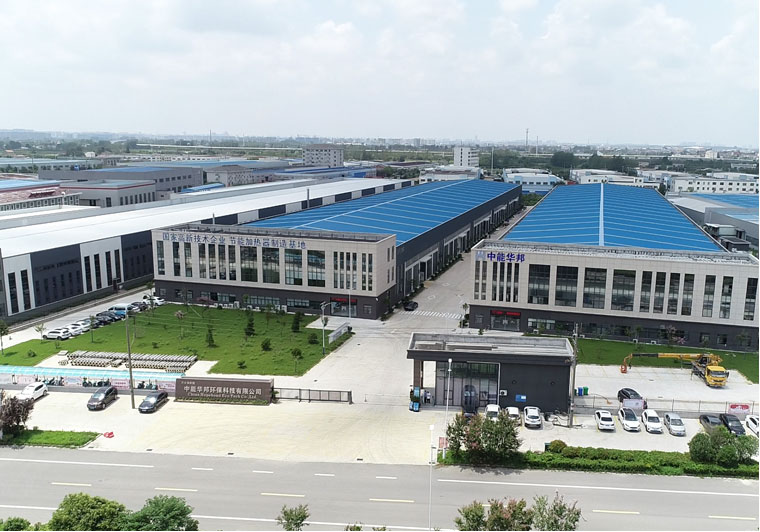Heating Equipment
|
At the core of Sinton Silicone Rubber Heaters lies a thin layer of electrically heated wire or etched foil, encapsulated between two layers of silicone rubber. This design leverages the good electrical insulating properties of silicone rubber, making it a suitable material for high-temperature applications. It also boasts resistance to chemicals, moisture, and environmental conditions, ensuring reliable performance even in harsh environments. These heaters function by converting electrical energy into heat through the resistance provided by the wire or etched foil element. The generated heat is evenly dissipated across the silicone rubber surface, enabling precise temperature control. Thanks to the material's flexibility, it can be applied to various surfaces, including those with curves and contours. Ideal for a broad spectrum of uses, Sinton Silicone Rubber Heaters are especially effective in applications that demand rapid, uniform heating solutions that can adapt to the shape of the object being heated. They surpass traditional heating solutions by offering more flexibility and a customized fit for almost any application. Unlike rigid elements, silicone rubber heaters deliver heat precisely where needed, enhancing energy efficiency and providing quicker warm-up times and responsive temperature control. Mounting options for these heaters include adhesive backing, mechanical fasteners, or vulcanization, depending on the specific requirements of the application, such as temperature range, surface material, and environmental conditions. When selecting a silicone rubber heater, important considerations include the greatest operating temperature, wattage, voltage, size, shape, and any unique requirements like holes, cutouts, or sensors. Properly understanding these needs ensures satisfactory heater performance and longevity. |
| Key Design Advantages |
●Flexible application on irregular surfaces. ●Uniform heat distribution for stable temperature control. ●High-temperature tolerance up to 450°F (232°C). ●Resistant to moisture and chemicals, suitable for harsh conditions. ●Customizable for specific application requirements. |
 The primary consideration The primary consideration
for using silicone rubber heaters is ensuring the heater's design, including watt density and temperature control mechanisms, matches the application's thermal requirements. This approach guarantees efficient operation, prevents overheating, and extends the lifespan of both the heater and the heated equipment. Beyond their described uses, Sinton Silicone Rubber Heaters also find applications in food service equipment, battery warming, and laboratory research, where precise and flexible heating solutions are necessary. |
 Sinton offers customized features, Sinton offers customized features,
including integrated temperature sensors (thermocouples, RTDs), thermostats for accurate temperature control, custom watt densities, and specific shapes and sizes to fit unique applications. These heaters provide rapid thermal response, and even heat distribution, are durable for long service life, customizable to meet specific requirements, and offer easy installation with various mounting methods, making them a cost-effective solution for efficient and reliable heating. |
Silicone Rubber Heaters
Use video
Shipment
provides customers with quality and safe transportation.

Sensing the Temperature: The thermostat in an immersion heater utilizes advanced temperature sensors such as thermistors or bi-metallic strips to constantly monitor the temperature of the water. These...
READ MORESinton, a global manufacturer of industrial heating systems, has officially released a new technical white paper titled “Fundamentals of Organic Heat Carrier Boilers.” The publication provides an in-d...
READ MOREOil Quality Management The foundation of contaminant control in an oil circulation heater lies in maintaining high-quality circulating oil. The performance and longevity of the heater are directly inf...
READ MORE